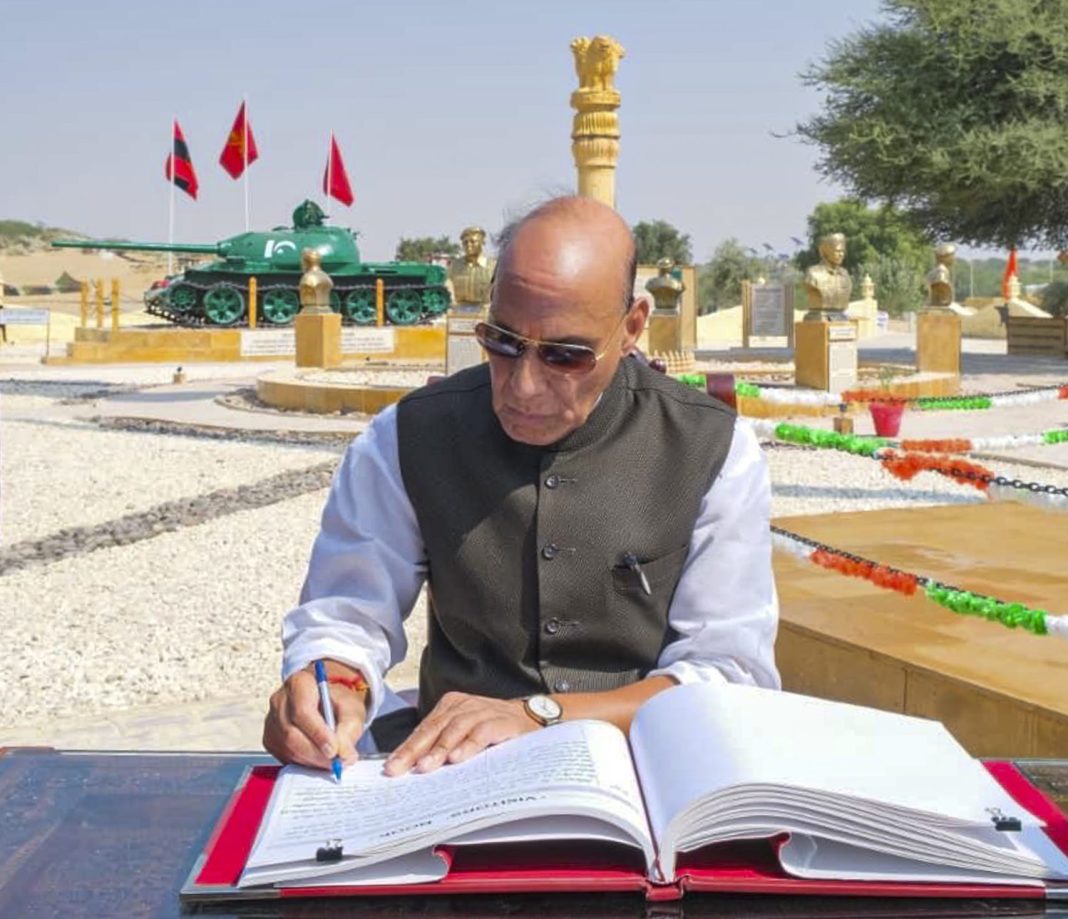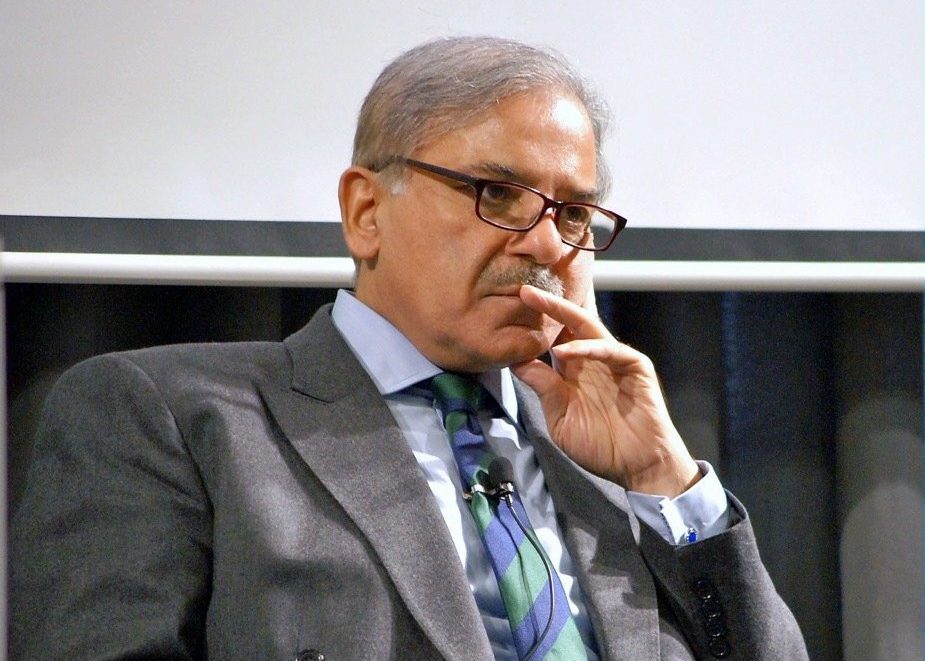New Delhi, Oct 27: India must remain ready for a “war-like situation” as the four-day military conflict with Pakistan in May showed anything can happen anytime along the frontiers, Defence Minister Rajnath Singh said on Monday.
Addressing an event, Singh said that though India gave a “firm response” to Pakistan during Operation Sindoor, it should serve as a case study to learn and chart the future course of action in dealing with national security challenges.
The defence minister said the effective use of indigenously manufactured military equipment during the May 7-10 operation bolstered India’s reputation both regionally and internationally.
Singh also suggested that Operation Sindoor led to a situation where war was also “knocking at our doorstep”. “Although we gave a firm response with a firm resolve and our forces are fully prepared to defend the country’s borders, we must continue to introspect,” he said.
“Operation Sindoor should serve as a case study from which we can learn and chart our future course. This incident has once again shown us that anything can happen at our borders, anywhere, at any time.”
“We need to be ready for a war-like situation, and our preparedness must be based on our own foundation,” he said.
The defence minister emphasised that the present-day global uncertainties call for an in-depth assessment of every domain, with ‘indigenisation’ being the only way to deal with the challenges.
“The established world order is weakening, and conflict zones are increasing in many regions. It has, therefore, become necessary for India to redefine its security and strategy,” he said.
Singh asserted that the world witnessed the power of the Akash missile system, BrahMos, Akashteer air defence control system and other indigenous equipment and platforms during Operation Sindoor.
The credit for the operation’s success goes to the brave armed forces as well as “industry warriors” who worked on the front lines of innovation, design, and manufacturing.
He described the Indian industry as one of the most important pillars of defence alongside the Army, the Navy and the Air Force.
Singh pointed out that the government is creating a level-playing field to enhance defence manufacturing and strengthen the domestic ecosystem, and the industry must make full use of this opportunity.
“We’re striving to ensure that the defence equipment is not just assembled in the country, but a real manufacturing base is established to create the equipment embodying the spirit of ‘Made in India, Made for the World’,” he said.
“Numerous initiatives such as the Quantum Mission, Atal Innovation Mission, and the National Research Foundation have been taken to develop a culture of innovation and R and D. Our industry must accomplish what has not yet been achieved in the country,” he said.
The defence minister said that before 2014, India was completely dependent on imports for its security needs, but today it is manufacturing the defence equipment on its own soil.
“Our defence production, which was only around Rs 46,000 crore in 2014, has now increased to a record Rs 1.51 lakh crore, of which Rs 33,000 crore has been contributed by the private sector,” he said.
“Our defence exports, which were less than Rs 1,000 crore 10 years ago, have touched a record approx. Rs 24,000 crore. I’m confident that defence exports would reach Rs 30,000 crore by March 2026,” he added.
To further increase indigenisation, Singh urged the industry to strive towards dominating supply chains while focusing on indigenous manufacturing of individual subsystems and components, and not just complete platforms.
The defence minister said the purchase of major equipment from abroad puts a strain on India’s resources in terms of maintenance and life-cycle costs.
“As a platform contains a large number of components and inputs, indigenous manufacturing of these subsystems can help increase our indigenous content. We must ensure that ‘our soil, our shield’ becomes our first choice,” he said.
The defence minister said the objective should not be merely to assemble in India, but rather to develop technology-based manufacturing within the country. “We must ensure that any technology transfer is effective and also serves as a means of empowering our indigenous industries,” he said. (PTI)




